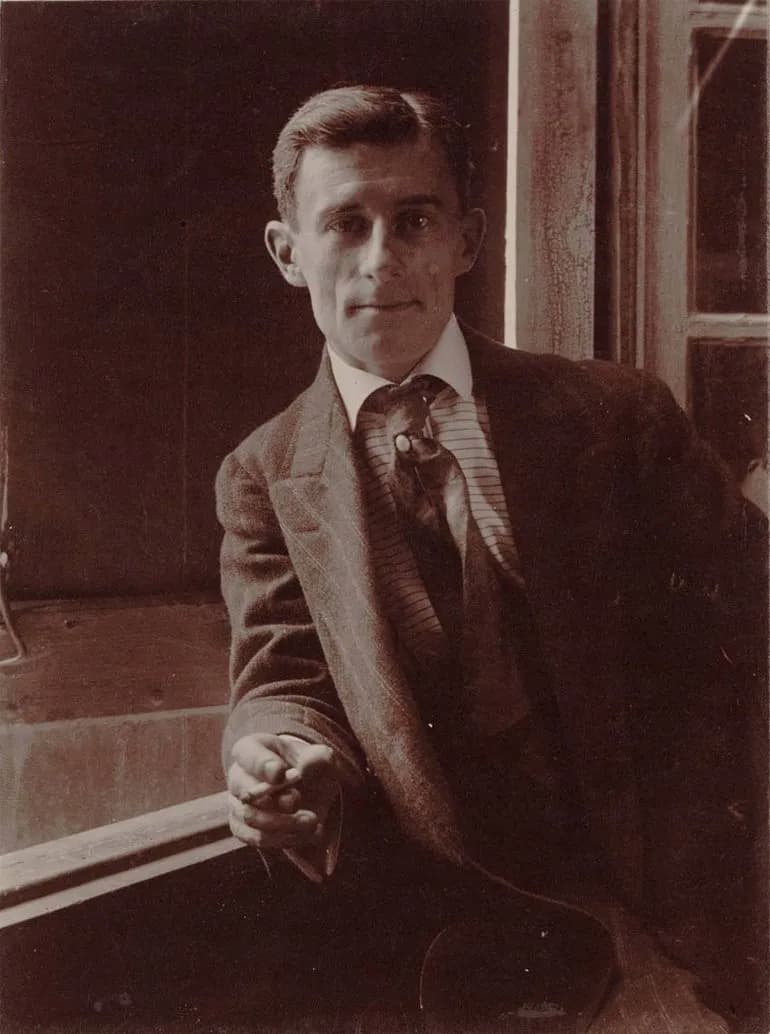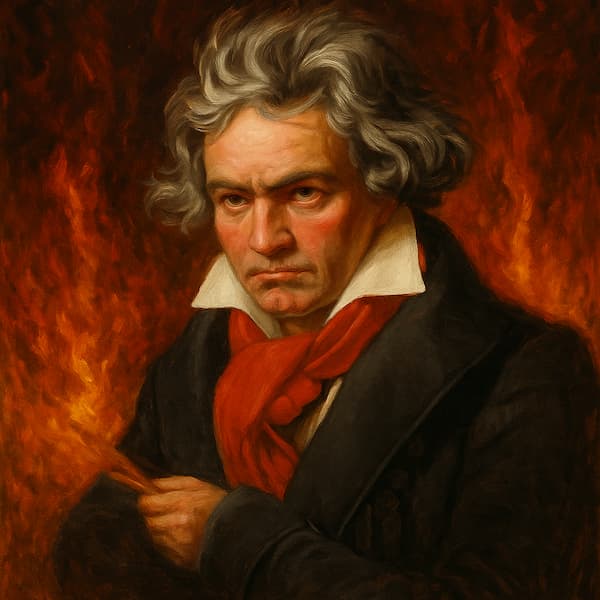Combining the ancient tradition of Chinese martial arts philosophy and visual arts, world-renowned artist and UNESCO Global Goodwill Ambassador Tan Dun composed award-winning orchestral scores for three films by critically acclaimed directors.

Tan Dun
The Martial Arts Trilogy celebrates three heroes and their determination to protect people, to defend the integrity of the country, and to preserve traditional values. The music comes from
Ang Lee’s Crouching Tiger, Hidden Dragon (2000), Zhang YiMou’s Hero (2002), and Feng Xiaogang’s The Banquet (2006), and in their latest incarnation, are set in concerto form and paired with reshaped video excerpts.
Inspired by Richard Wagner’s Ring Cycle, Tan Dun added a fourth movement in 2013. Triple Resurrection was written specifically to commemorate the 200th birthday of Richard Wagner, and it weaves together the motifs of these three tragic protagonists into a musical narrative that “travels from antiquity to modern times in order to revive their lives and loves.”
Tan Dun: Crouching Tiger, Hidden Dragon, “Farewell”
Martial Arts Trilogy

Martial Arts Trilogy
Tan Dun explained that the Martial Arts Trilogy features three different films as individual acts of an opera, or alternately, it unfolds like a ballet in three acts. It centers on the love and sacrifice of three women for three very different reasons, with each of the film’s leading female characters sacrificing her life for love. In Crouching Tiger, the character Jade sacrifices her life for her spiritual love of the wuxia dream. In Hero, the character Snow sacrifices her life for the patriotic love of her country. Lastly, in The Banquet, like in Hamlet, Empress Wan sacrifices her life and love for desire and revenge.
In the original film soundtrack, the three characters are represented by three musical instruments, the cello, piano, and violin, who now take on a concertante role. The Martial Arts Trilogy, according to Dun, seeks to bring different genres and operatic styles together. “To me,” he explained, “opera tradition is an ancient form of cinema, and cinema is the opera of the future. I opened my music up to a new audience, bringing non-traditional concertgoers into the concert hall and the younger generation into the opera house.”
Tan Dun: Martial Arts Trilogy (excerpt)
Hero Concerto for Violin and Orchestra
The sound of the future is an integral part of the spirit world, and in the “Overture,” the water exacts its judgment on the violin, the cello, and the piano, asking them: “How did you die? Why do you seek to live and love again? The violin, the cello, and the piano tell their stories through the three concertos, answering in succession, the judgment of the water.”
The historical background of the film Hero (2002) is provided by the Warring States period in ancient China. As the Qin State was about to unify the other six states, assassins were sent out to murder the king of Qin. Broken Sword and Flying Snow are lovers, and they are the only assassins to ever infiltrate the king’s palace. Snow vows revenge upon the King for killing her father in battle, but ends up accidentally killing Sword. Overwhelmed by sorrow, Snow commits suicide, and the Qin prefect Nameless is executed in order to unify the nation. In scoring the film, Tan immediately decided that the music should feature the flavor of the vastness of northern China alongside romantic elements borrowed from Western music.
The score calls for two violins to sound these contrasting concepts. The Western violin symbolizes the two heroines Snow and Moon, and a violin with the original strings replaced with silk strings, sound the two heroes Nameless and Sword. While the Western violin produces the romantic and lyrical tune implying love and personal emotions, the re-strung instrument plays heroic and high-pitches ancient Chinese melodies, imparting the desolate nature of a distant desert.
Tan Dun: Hero Concerto, “Part 8: Sorrow in the Desert”
Crouching Tiger Concerto for Cello and Orchestra
The story of Crouching Tiger, Hidden Dragon is set during the Qing dynasty (1644–1912), but it does not specify an exact time. Director Ang Lee was looking to present a “China of the Imagination,” rather than an accurate vision of Chinese history. It is widely regarded as one of the finest wuxia films ever made, and it became the highest-grossing foreign-language film in American history.
The Crouching Tiger Concerto for cello and chamber orchestra is based on Tan Dun’s Oscar-winning score, and it was written for and inspired by Yo-Yo Ma. The work unfolds in six movements with cello cadenzas connecting the orchestral movements. For this project, Tan’s music inspired the reshaping of the visual images, created from material produced entirely during the making of the film, to accompany and enhance the concert listening experience. Highly reflective of Tan Dun’s interest in the historical cultures of the Silk Road, the music ingeniously focuses on the meeting of the cultures of East and West, with a fascinating hybrid creating a contemporary sound blending the two musical traditions.
Woven into the film score and the concerto are instruments, performing and articulation techniques originating in China’s Xinjiang province. The cello melody in the third cadenza is a folk song from this particular region, and a variety of instruments indigenous to the Silk Road cultures are prominently featured in the work.
Tan Dun: Crouching Tiger Concerto (excerpt)
Banquet Concerto for Piano and Orchestra
In contrast to the scores of the first two martial arts films, Tan’s score for The Banquet, the story of Hamlet set in Tang Dynasty China and directed by Feng Xiaogang, uses only a Western orchestra, a chorus, and originally the pianist Lang Lang.
The music undertakes the task of expressing a specific cultural context, a cultural encounter between East and West, as it articulates a Chinese story with western-style music. From the very beginning, Tan Dun considered the piano a unique instrument capable of linking the dance and the martial arts movements to the rest of the orchestra. Concurrently, the piano presents complex emotional entanglements as it plays an important role in mediating between music and image. The Banquet Concerto sounds eight segments, named after different parts in relation to the plot or scene of the movie. “The Mask,” a symbol of mystery and complexity, is musically encoded as a metaphor of the unknown, while discordant harmonies initiate the plot development between Empress Wan and the new Emperor. “Longing in Silence” presents an ancient and simple melody paired with the lyrics of Chinese ancient poetry, as the “Sword Dance” pays homage to the martial arts heritage.
The Banquet story unfolds in two different threads, based on the love theme between Empress Wan and the crown Prince Wu Luan, and also on the psychological and ideological development of the female character Wan. “Desire” simultaneously depicts the emotional aspects of both threads, and “Exile to Snowy West” offers the psychological process and the performance of martial arts in two different musical motives. “Revenge” is tied to the intended assassination of the emperor, and the concluding theme song, “Only for Love,” provides the glue for the entire soundtrack, with the piano evoking the sounds of Chinese percussion instruments and gestures.
Tan Dun: Banquet Concerto (Lang Lang, piano; Shanghai Opera House Chorus; Shanghai Percussion Ensemble; shanghai Symphony Orchestra; Tan Dun, cond.)
Triple Resurrection
The concluding Triple Resurrection blends the musical images, instruments, humanities, and background of the first three works. Tan Dun extracted the different musical themes played by the three different instruments and wrote the final movement in a polyphonic style. As such, the three different instruments interact to convey the converging humanistic sentiments. The convergence of the three instruments provides an ornate ending to the Martial Arts Trilogy, eliciting a new musical perspective. As the composer wrote, “The resurrection is to express humanity’s pursuit of perfection and purity. This is the resurrection of life, the resurrection of love, and the resurrection of hope.”
For more of the best in classical music, sign up for our E-Newsletter


